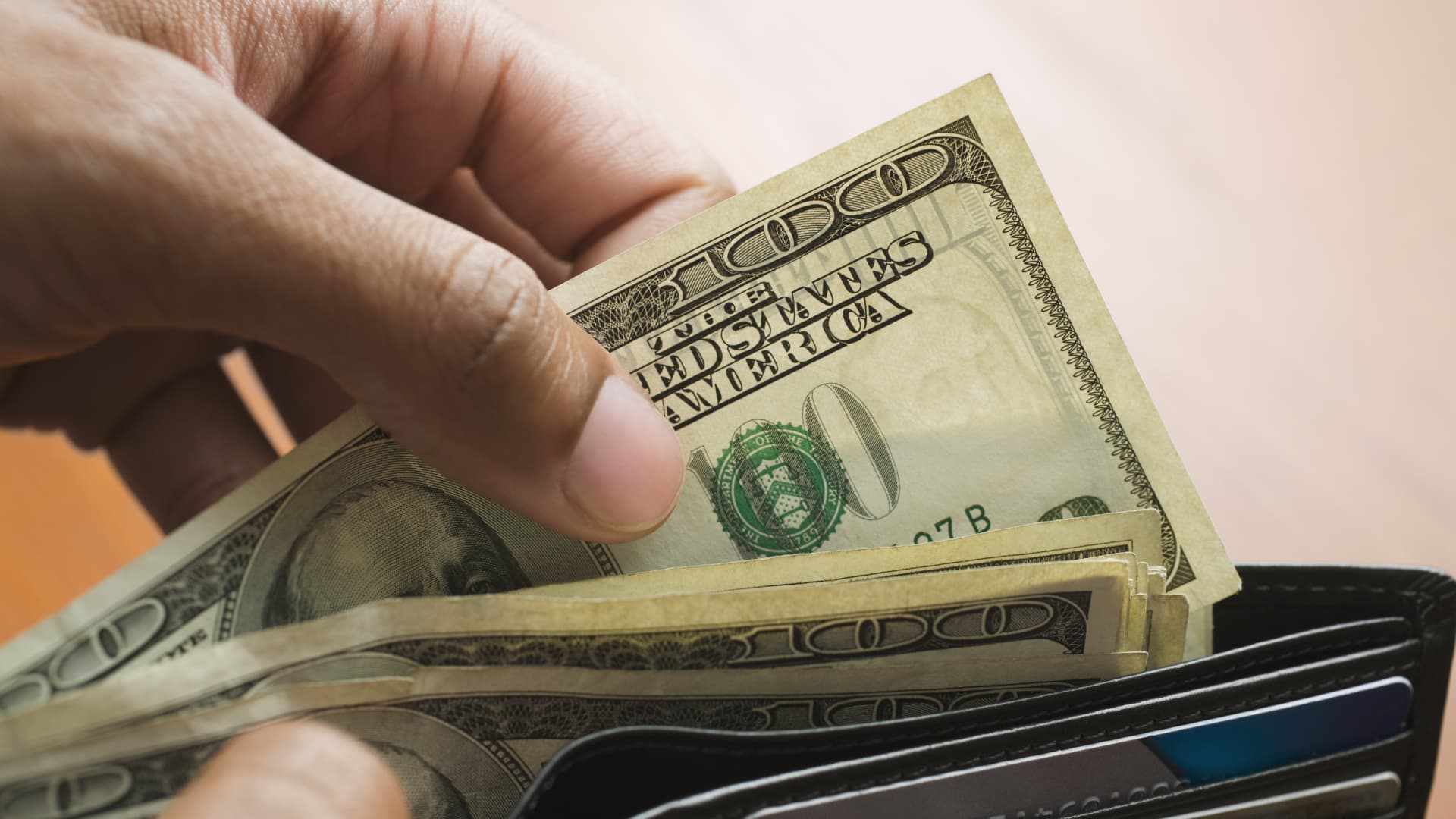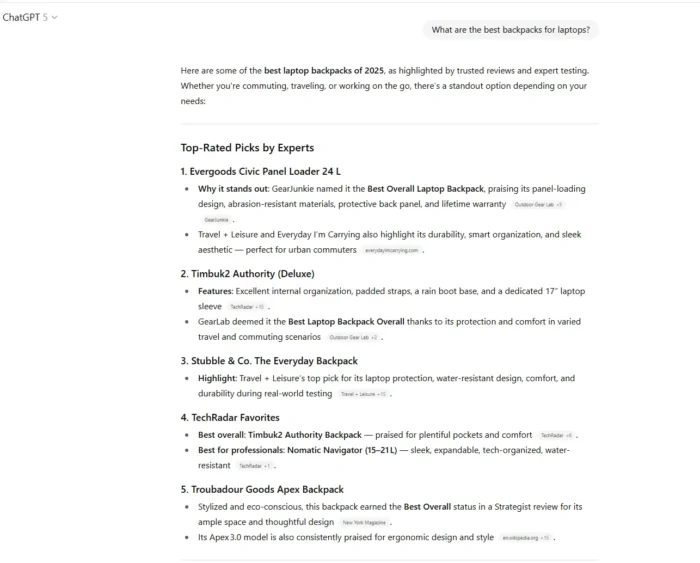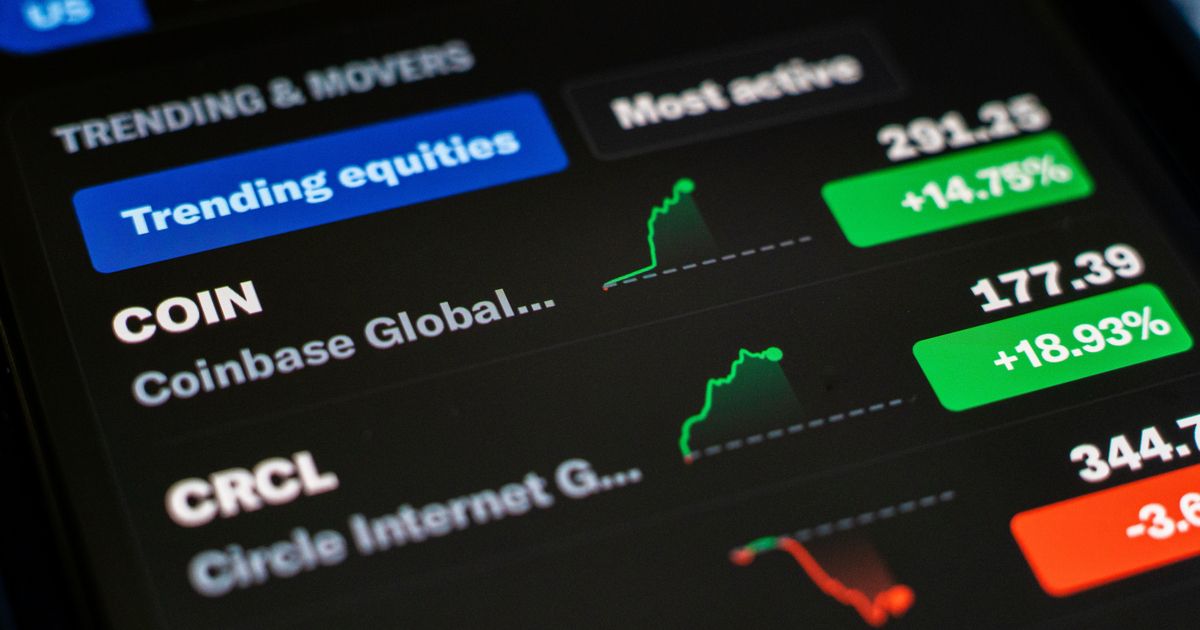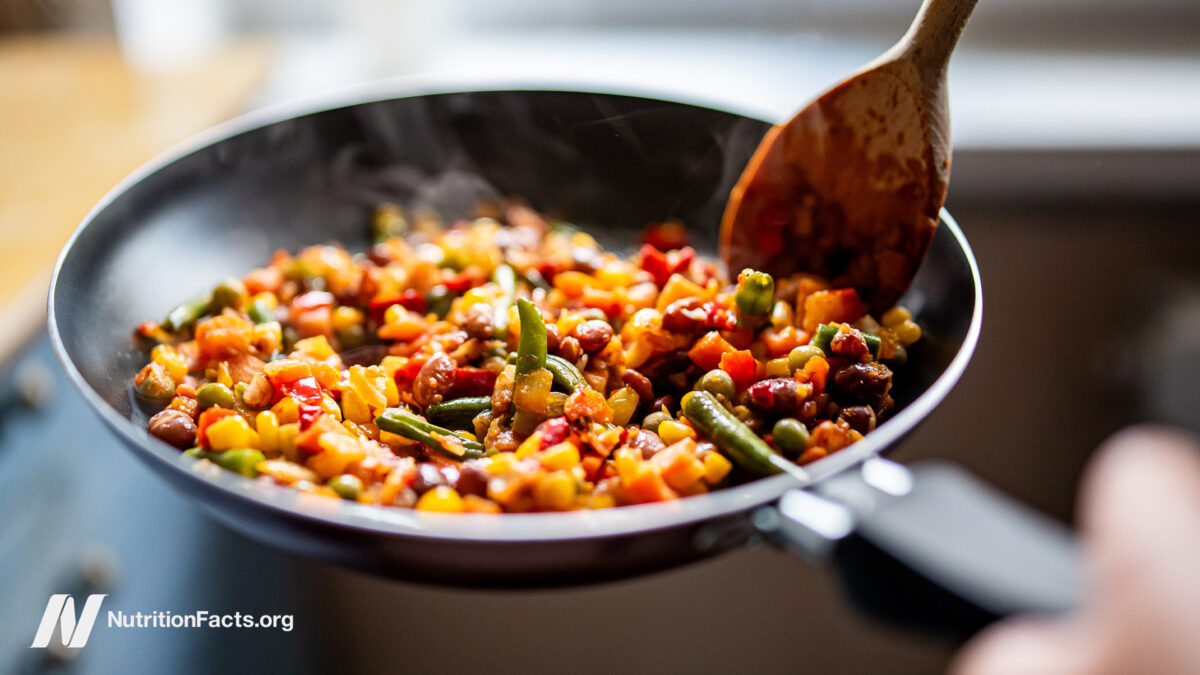How to calculate your own personal inflation rate amid rising prices
To figure out how much inflation is impacting your wallet depends on what you're spending and where. Here's how to calculate your personal inflation rate.

Inflation dropped slightly in April, yet it's still close to a 40-year high, with consumer prices rising at an annual rate of 8.3%. Rising costs for housing, food, airfares and new cars were the biggest contributors to that key gauge of inflation.
The typical American family is spending about $450 more per month for goods and services than a year ago, according to Moody's Analytics chief economist Mark Zandi. Yet you may not be "typical." We don't all spend the same amount on the same things.
More from Invest in You:
Expert says Great Resignation changed workplace for good
Want a four-day-workweek job? Here's how to land one
Employers boost mental wellness perks amid Great Resignation
To figure out how much inflation is actually impacting your wallet depends on how much you are spending and where you're spending it. You need to calculate your own personal inflation rate. Here's how to do it:
Look at what you've spent on food, housing, gas, entertainment, apparel, education and other items. (To find out exactly what to include, go here to the U.S. Bureau of Labor Statistics' list of expenditures that make up the Consumer Price Index.)Gather your credit card bills and bank statements to find the exact amounts that you spent in each category.Add up your monthly spending for last month and a year ago.Then subtract your total spending for April 2021 from April 2022.Divide that difference by your monthly expenses for April 2021.The result of that equation is your personal inflation rate.Depending on your income, the impact of your personal inflation rate may feel better — or worse — on your wallet than the latest CPI number.

 Fransebas
Fransebas 































